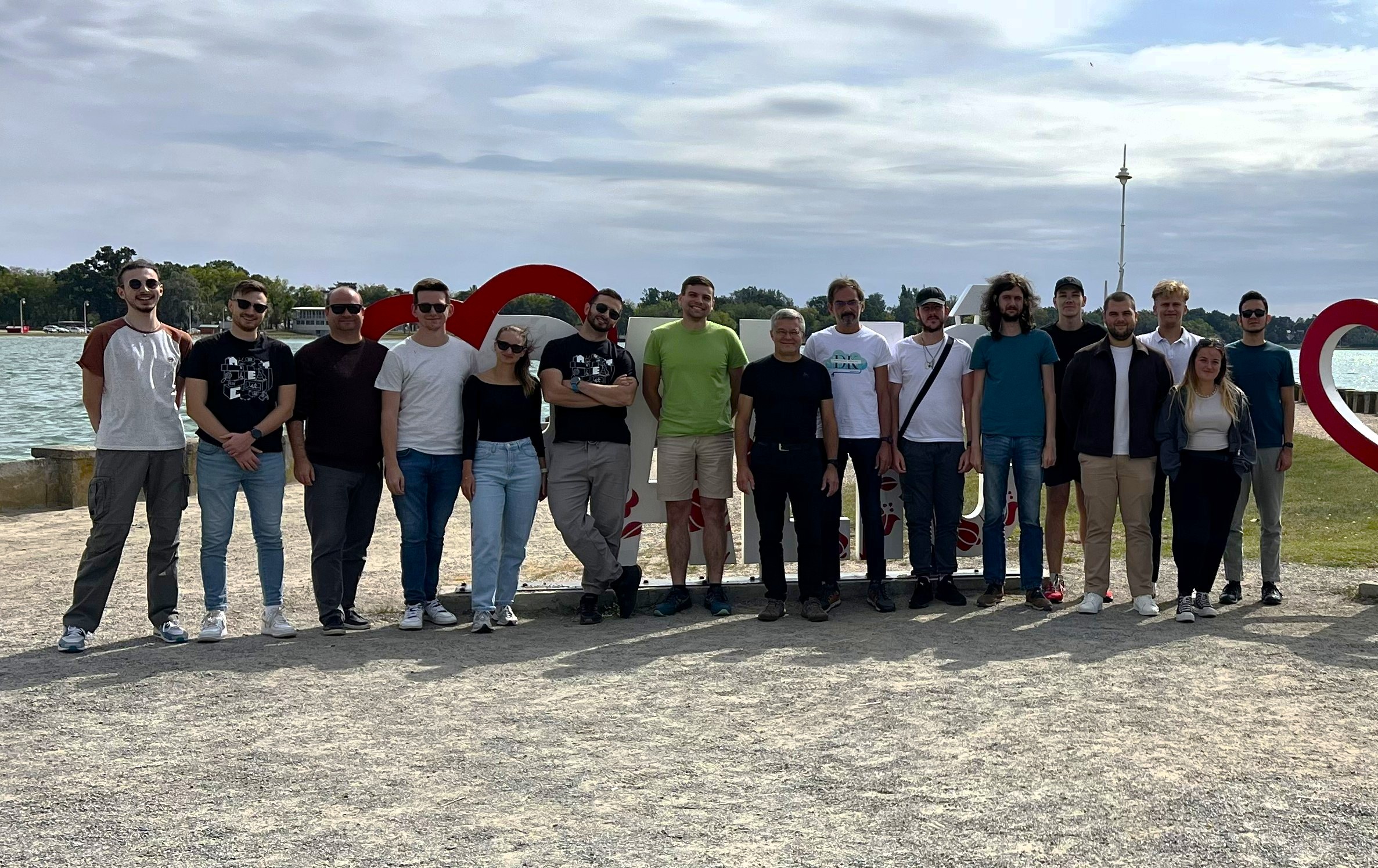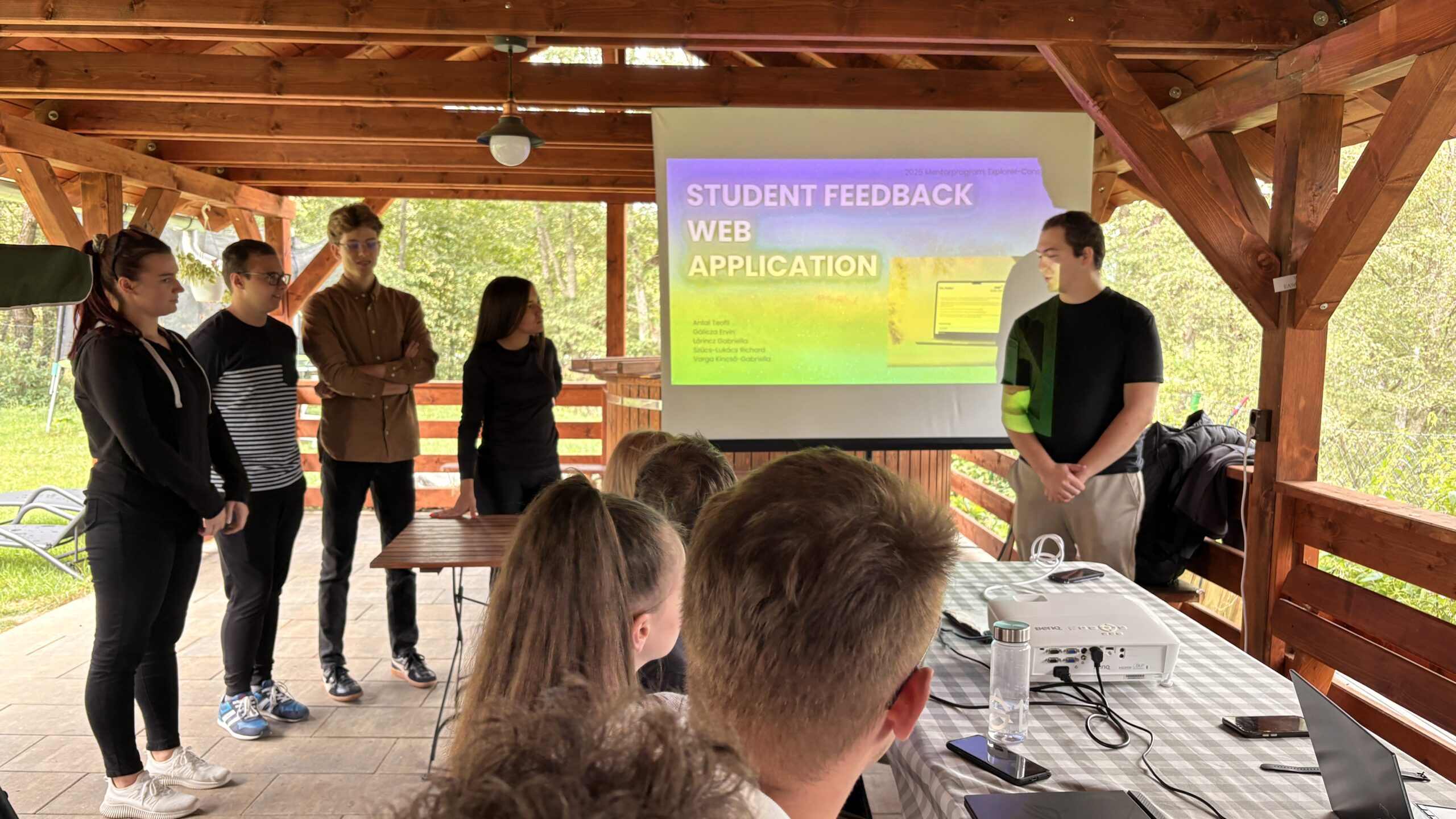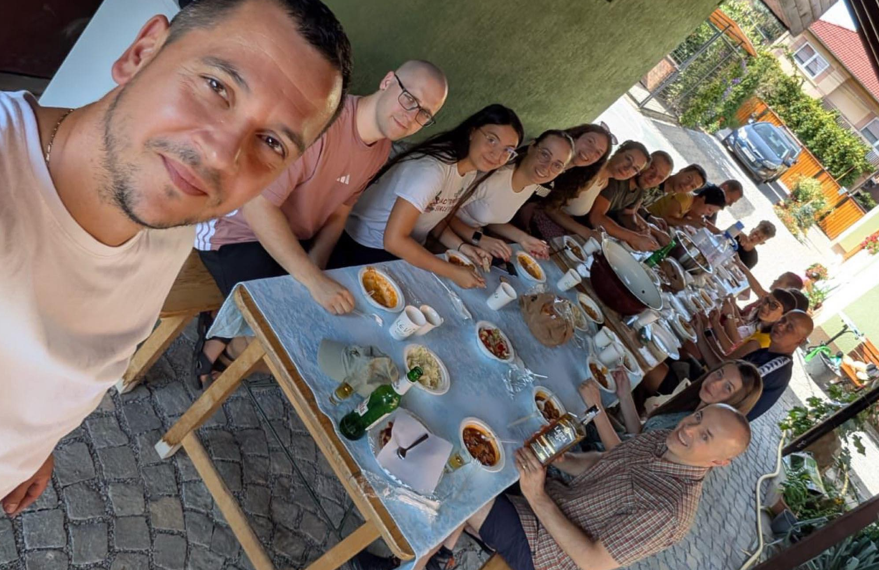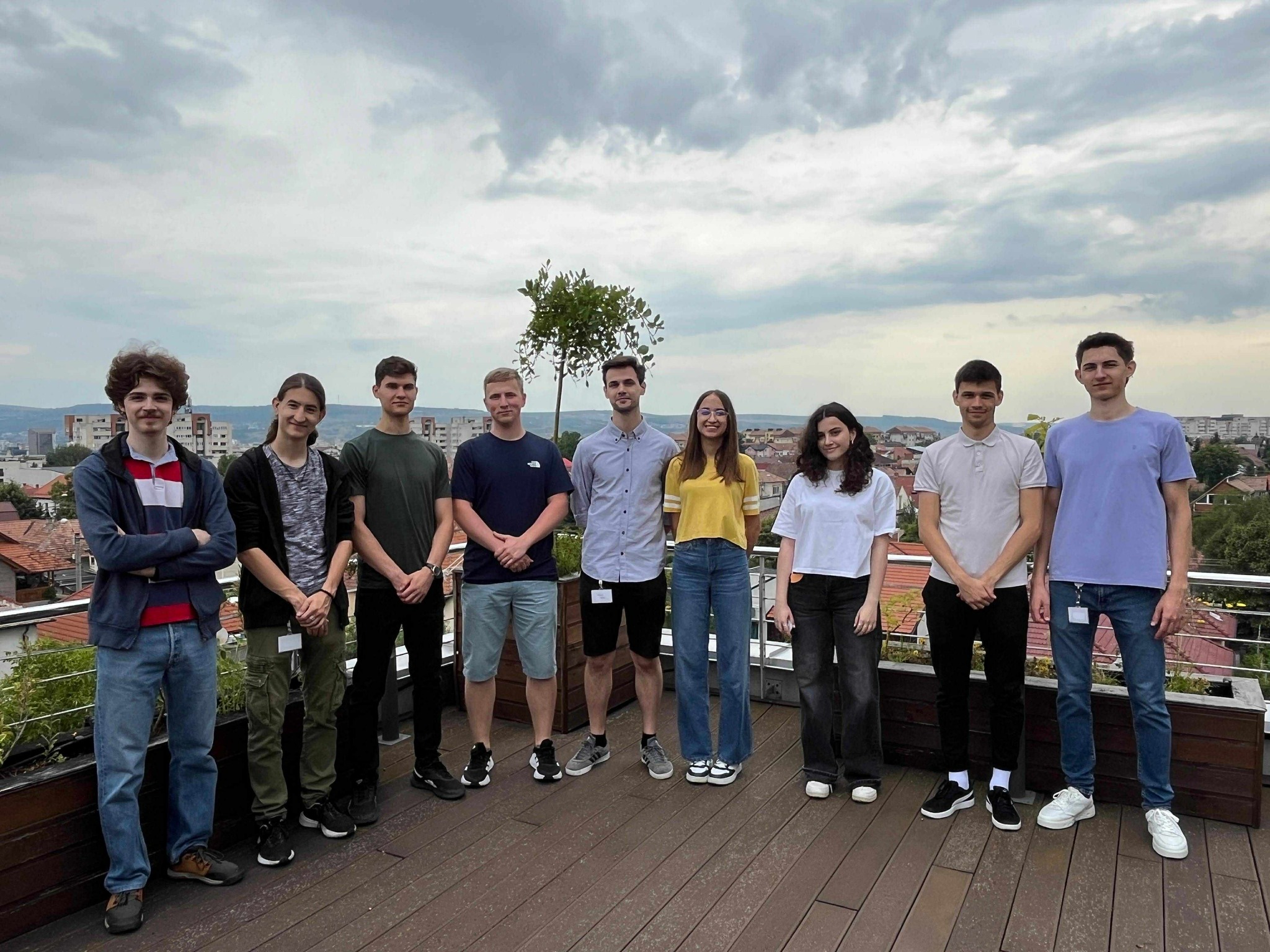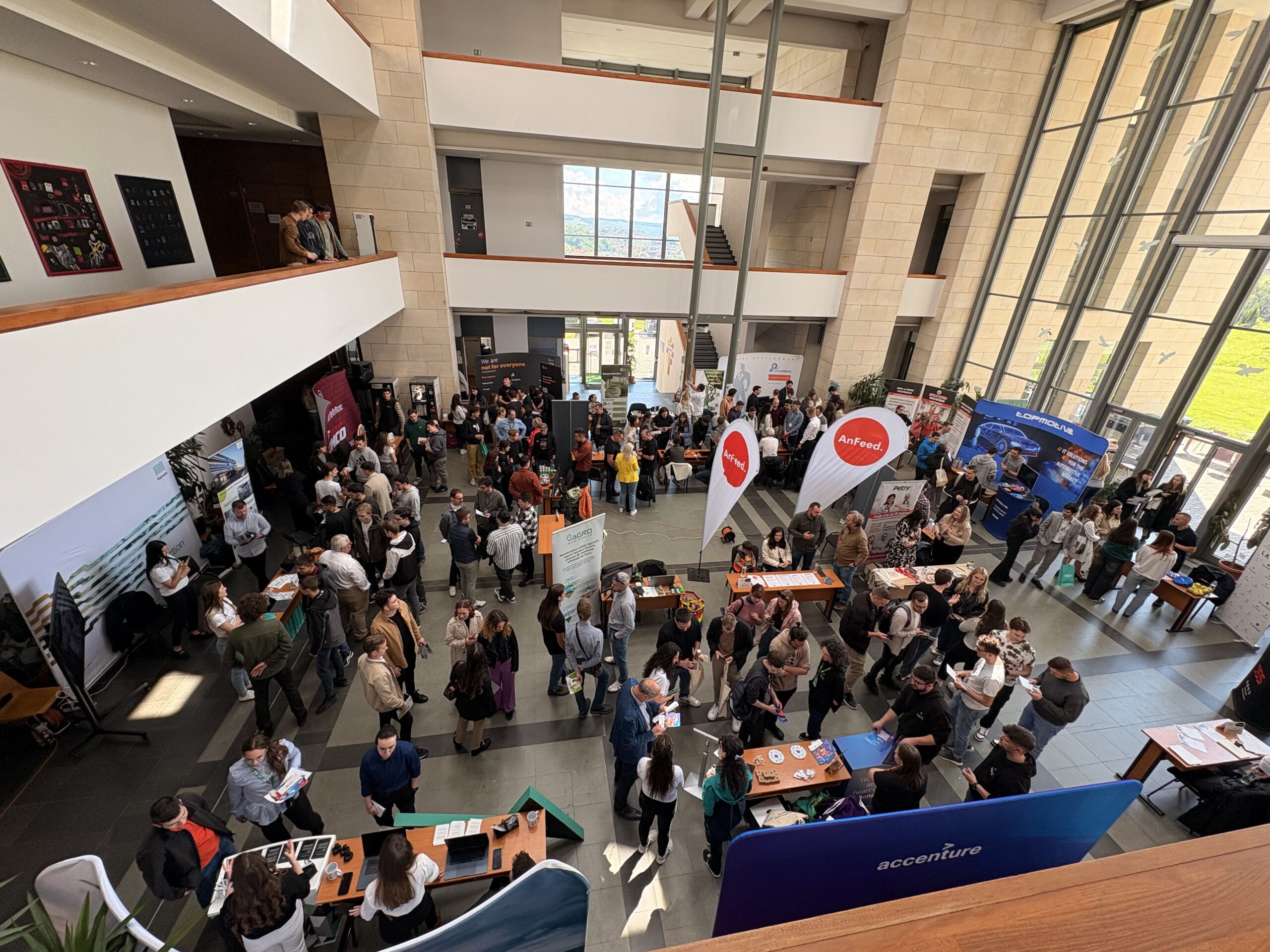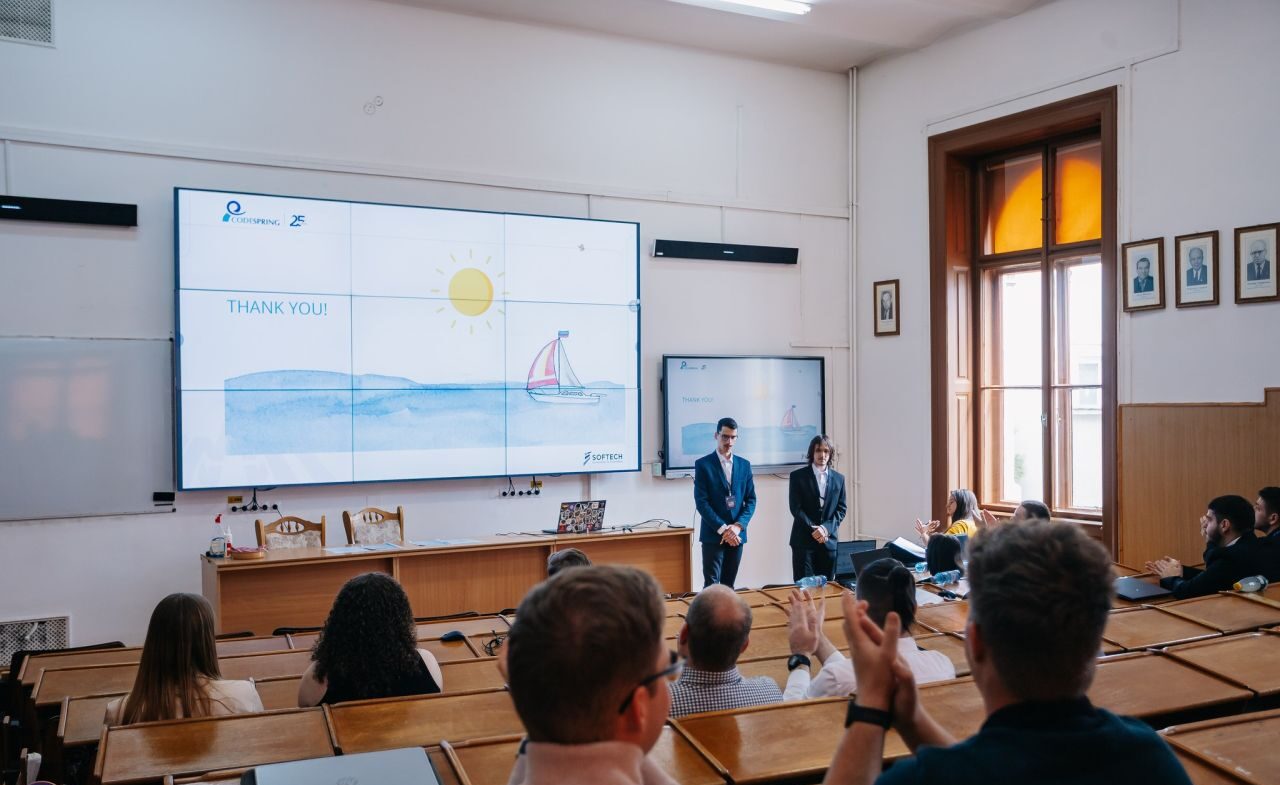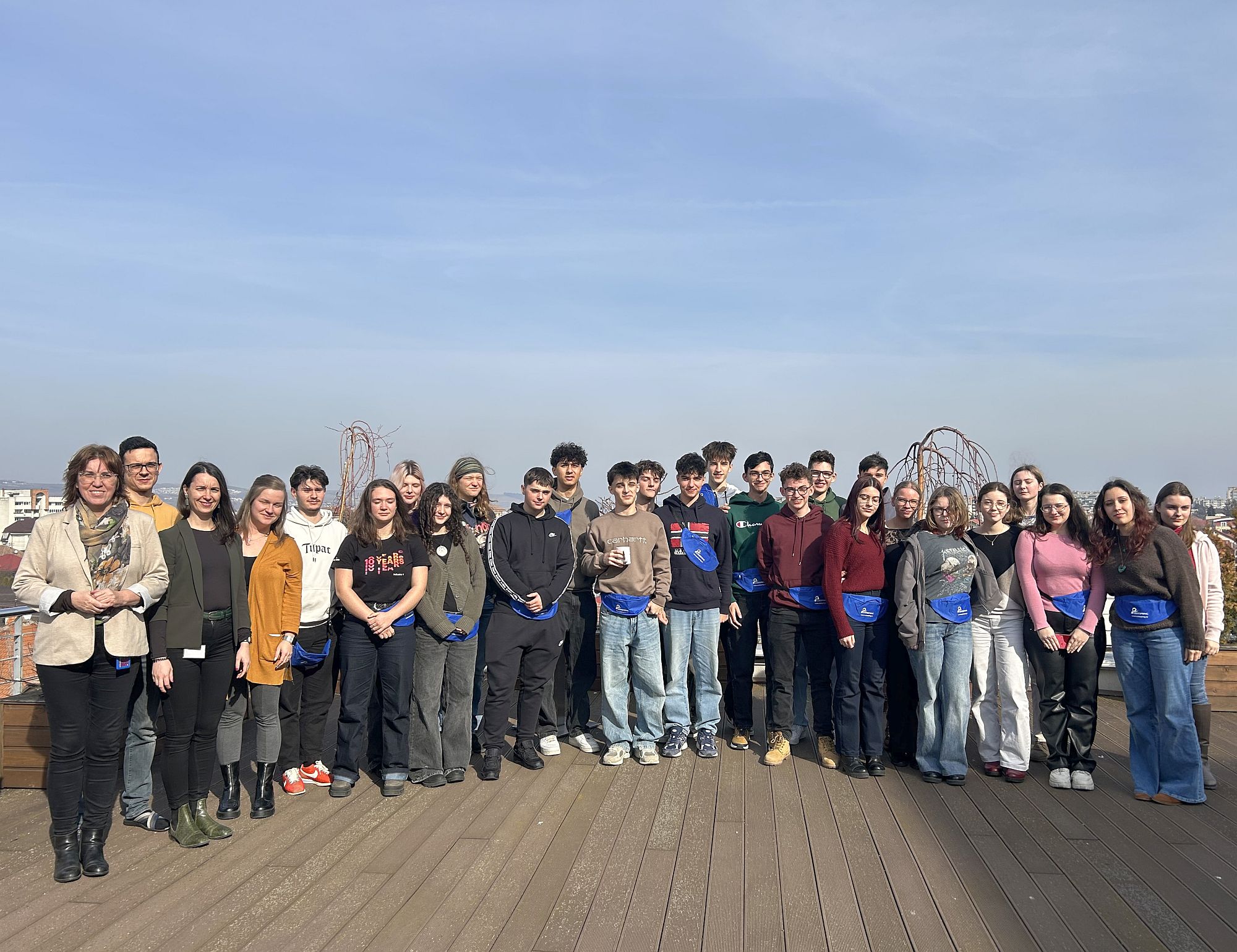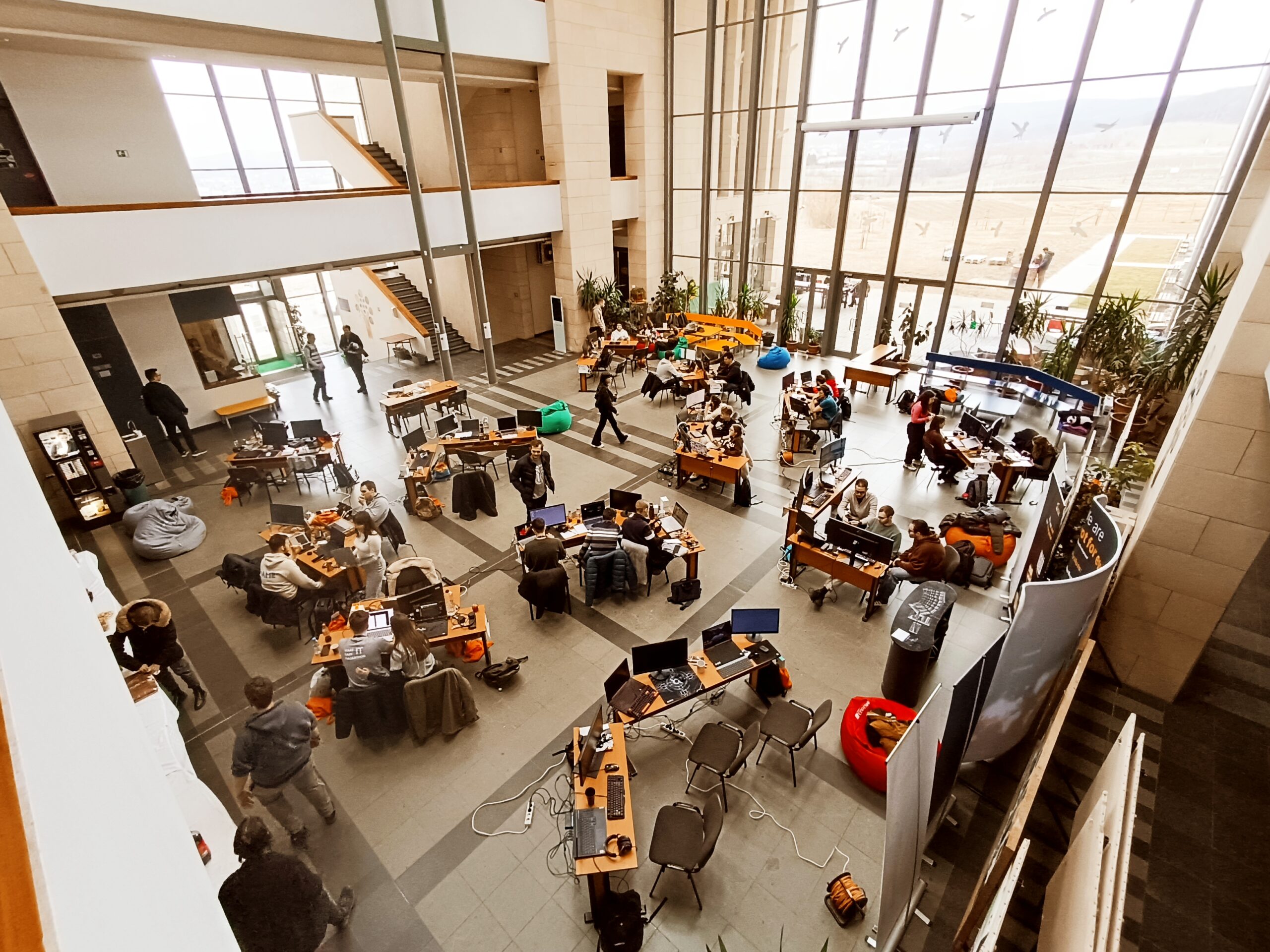
The organizers – the European Commission’s Directorate-General CONNECT in the shape of the Open Innovation Strategy and Policy Group (OISPG) in partnership with the European Committee of the Regions, the Municipality of Cluj-Napoca, the Innovation Value Institute, ARIES Transylvania, iTech Transylvania Cluster, Transylvanian Clusters Consortium, MasterCard and Dublin City Council welcomed the participants of the Open Innovation 2.0 Conference 2017 with a unique suite of events aiming to explain how open innovation can be put in practice in order to stimulate the development of the community.
THE IMPORTANCE of the OI2.0 EVENTS IN CLUJ-NAPOCA, ROMANIA
The Innovation Dialogue. The Innovation Dialogue is translates the open innovation 2.0 concept in the offline environment. Triggered through entrepreneurial discovery and interdisciplinary expertise, the Innovation Dialogue developed new ideas and revealed projects insights. For the first time in Cluj-Napoca, and the 2nd time in 2017 for the OISPG, the Innovation Dialogue drafted a set of policy and business related challenges to be solved by heterogeneous groups of experts. The challenge owners were the European Commission, The Committee of the Regions, The Municipality of Cluj and ARIES Transilvania.
The Clusters Matchmaking in Cluj-Napoca. Prepared by the Transylvanian Clusters Consortium, the clusters members had the opportunity to meet new partners and to open the doors for new cooperation and business ventures.
First EnOLL Council Meeting in Cluj-Napoca. In order to develop on the conclusion of the Innovation Dialogue, the council members of the European Network of Living Labs will had a closed Council Meeting in Cluj-Napoca.
The First Town Hall Debate in Cluj-Napoca. The Town Hall Debate from Cluj-Napoca was the first “Reflecting on Europe” debate jointly supported by the European Committee of the Regions and the Municipality of Cluj-Napoca in the context of the EU conference on innovation, Open Innovation 2.0. The hosts of the event were Markku Markkula – the President of the Committee of Regions and Emil Boc – the Mayor of Cluj-Napoca.
2017 Innovation Luminary Awards in Cluj-Napoca. Founded by the European Commission’s Open Innovation Strategy and Policy Group (OISPG) with the support of Dublin City Council, the prestigious Innovation Luminary Academy and Awards recognizes outstanding innovation role models which inspire the next generation of innovators. The Innovation Luminary Awards and the Academy foster the new generation of innovation leadership and inspire action towards a creative and innovative ecosystem.
The 2017 Open Innovation 2.0 Conference in Cluj-Napoca
For the first time in Eastern Europe, the Open Innovation 2.0 Conference marks Cluj-Napoca on the European Innovation Communities Map. The overall theme of 2017 conference was industrial and societal transformation engendered by digital technologies. Two main objectives were in focus: how to foster industry and society commons for a value creation environment and how to transform innovation hubs to innovation ecosystems. In order to develop a new mindset capable of leading these transformations topics like the functionalities of block-chains, the importance of volatility, uncertainty, complexity and ambiguity times, or the interactions between science, technology and arts in the creative process were explained during the conference.
The Innovation Expo in Cluj-Napoca. This was the place where practical innovations were presented to the public. The exhibition stimulated interaction with devices and robots, it animated the foyer of the venue and created more opportunities to network and setup cooperations.
THE CONCLUSIONS OF THE OI2.0 EVENTS IN CLUJ-NAPOCA, ROMANIA
The Open Innovation Conference in Cluj-Napoca, tangibly conveyed the potential of OI2 quadruple helix model and how to best create innovative ecosystems.
Mr. Bror Salmelin (OISPG Founder) and Dr. Martin Curley (OISPG Chair) have summed up the 2017 Open Innovation Conference works in a set of twelve main conclusions.
- OI2 is the platform for digital innovation
- We shared a minimum viable platform (MVP) of an emerging OI2 pattern language and we encourage the OISPG community to trial and give feedback.
- Through the mechanism of the Industry Commons, OI2 enables safely building disruptive innovation on top of existing industry capabilities.
- Distributed Ledger Technology is one of the components of the industry commons landscape and thus Europe should be active i.e. in creating open bus architecture for DLT.
- The conference highlights the importance of Vucability by supporting the use of competence platforms, promoting the building of engaged communities, and to raise awareness for the benefit of unexpected opportunities.
- The EU-Japan dialogue should be extended to formally encompass managing societal change and notably through the application of OI2 principles and practice.
- Digital Innovation Hubs (DIH) are important tools to digitize SMEs by providing contents from technologies and should be encouraged in collaborative manner.
- Open innovation ecosystems around DIH are integral parts of DIH as they create also business model experimentation environments.
- Open innovation 2.0 ecosystems as a service must be created to ensure rapid experimentation and prototyping in quadruple helix settings, enabling easy and fast access to co-creation spaces geographically or thematically.
- OI2 encourages new innovation governance models to be adopted to enable and even lead innovation take-up, enabling co-creation of modern public service and governance.
- The European Commission should increase its use of insights from relevant innovation data sources – such as Innovation Radar – when shaping future Framework Programmes and developing priorities (and use of instruments) in Work Programmes?
- The European Commission should tailor its support offerings based on unique characteristics of different ecosystems. The Innovation Radar should be enhanced with some new signals to improve its ability to detect social innovations.
“Cluj-Napoca has outperformed our expectations and set a new standard for the upcoming OI2.0 Conference editions. The impressive performance of Open Innovation 2.0 Conference and its related events in Cluj-Napoca propels the co-creation of innovation ecosystems across Europe. ” declared Mr Bror Salmelin – OI2.0 Conference Founder and Adviser for Innovation Systems at the European Commission’s Directorate General for Communications Networks, Content, and Technology (DG CONNECT).

